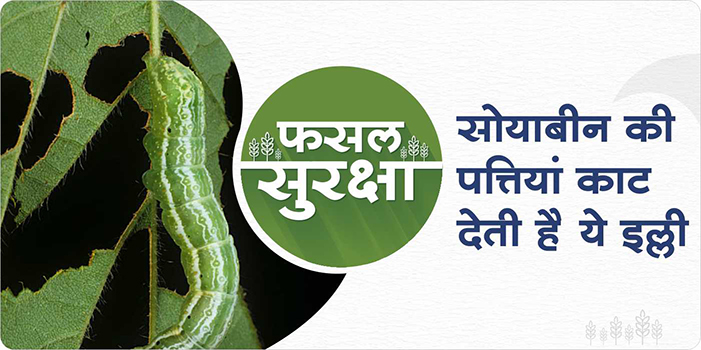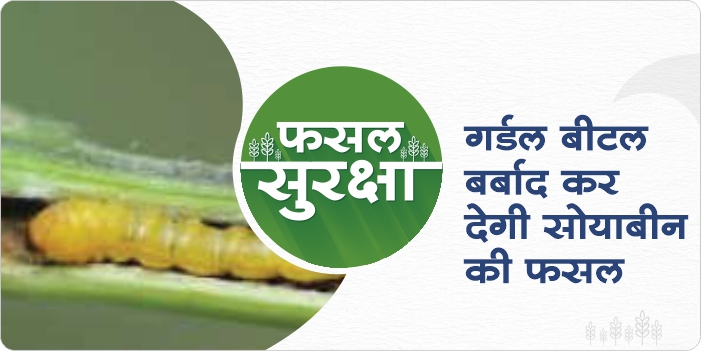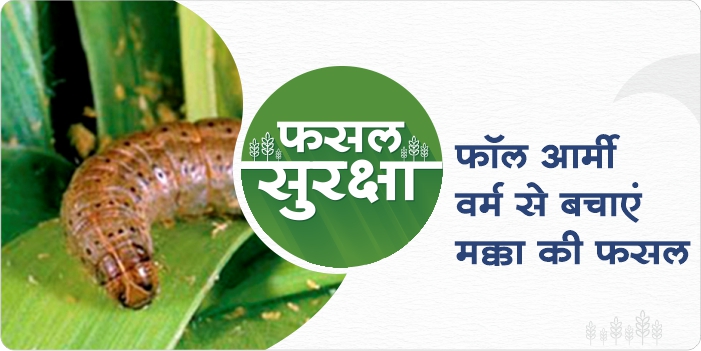-
Different types of pests and diseases are active in the growth, flowering, and other stages of the cotton crop.
-
For the control of these pests and diseases, it is very necessary to do spray management in 40-45 days, which is as follows.
-
Spray Beta cyfluthrin 8.49% + Imidacloprid19.81 OD% @ 150 ml/acre for control of pink worm infestation or Abamectin 1.9% EC @ 150 ml/acre for mite control or Beauveria bassiana @ 500 gm/acre for biological control.
-
For control of fungal disease, spray Carbendazim 12% + Mancozeb 63% WP @ 300 g/acre or spray Pseudomonas fluorescens @ 250 gm/acre as biological treatment.
-
Use Homobrassinolide 0.04 W/W @ 100ml/acre, this spraying is very necessary for good growth of the plant and good development of flowers.
-
If it rains within 24 hours of spraying, spray again.
-
The lower surface of the leaves should be thoroughly sprayed as the insect is more active on the lower surface of the leaves.
-
By taking measures for fungal disease, pest control, and nutritional management, the production of the cotton crop is good. By spraying in this way, the formation of the ball is very good, and the quality of the produce will increases.
ShareWith the sowing of the crop, connect your farm with the My Farm section of Gramophone app and keep on getting the exact advice and solutions related to smart agriculture throughout the crop cycle. Share this article with your friends with the share button below.










